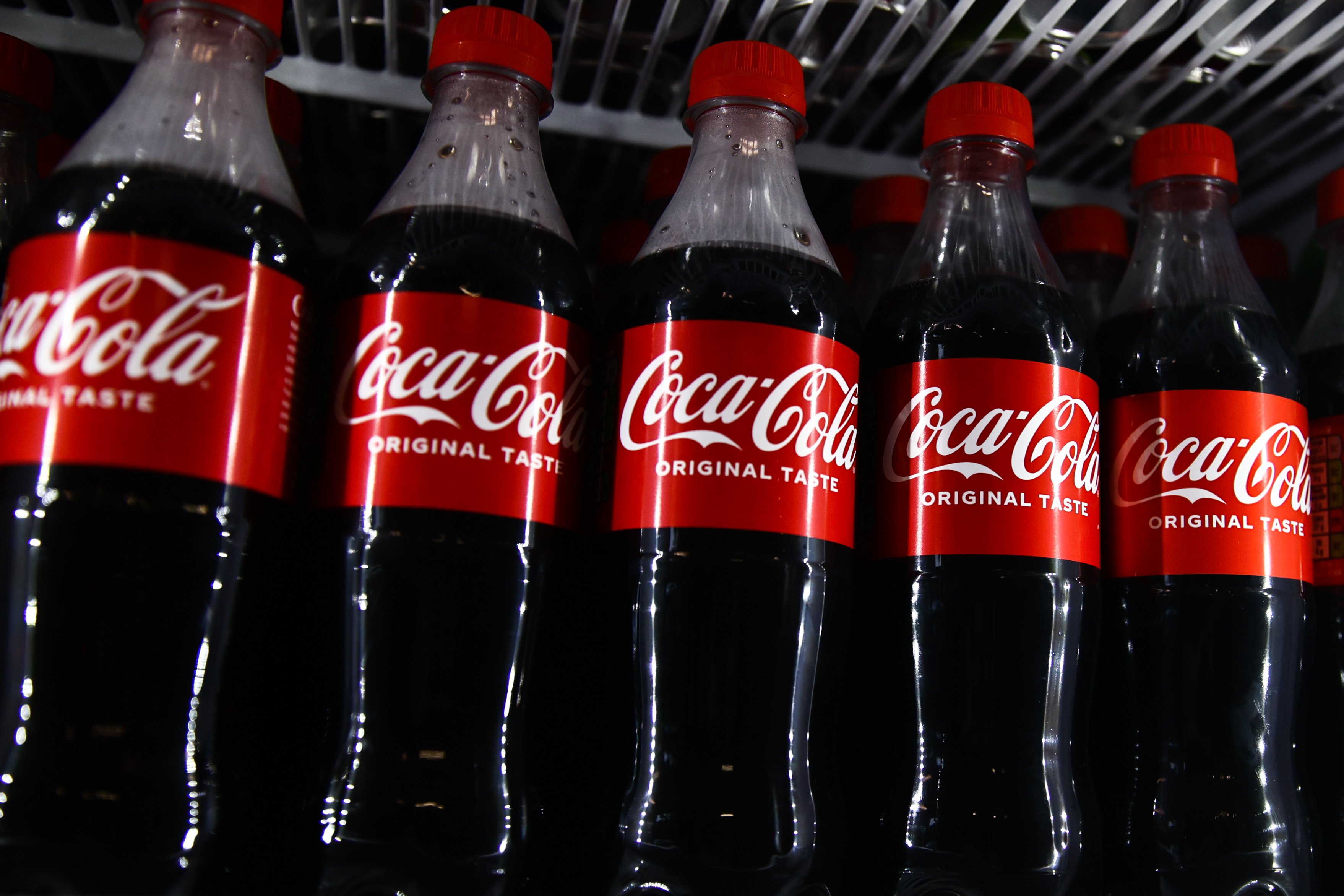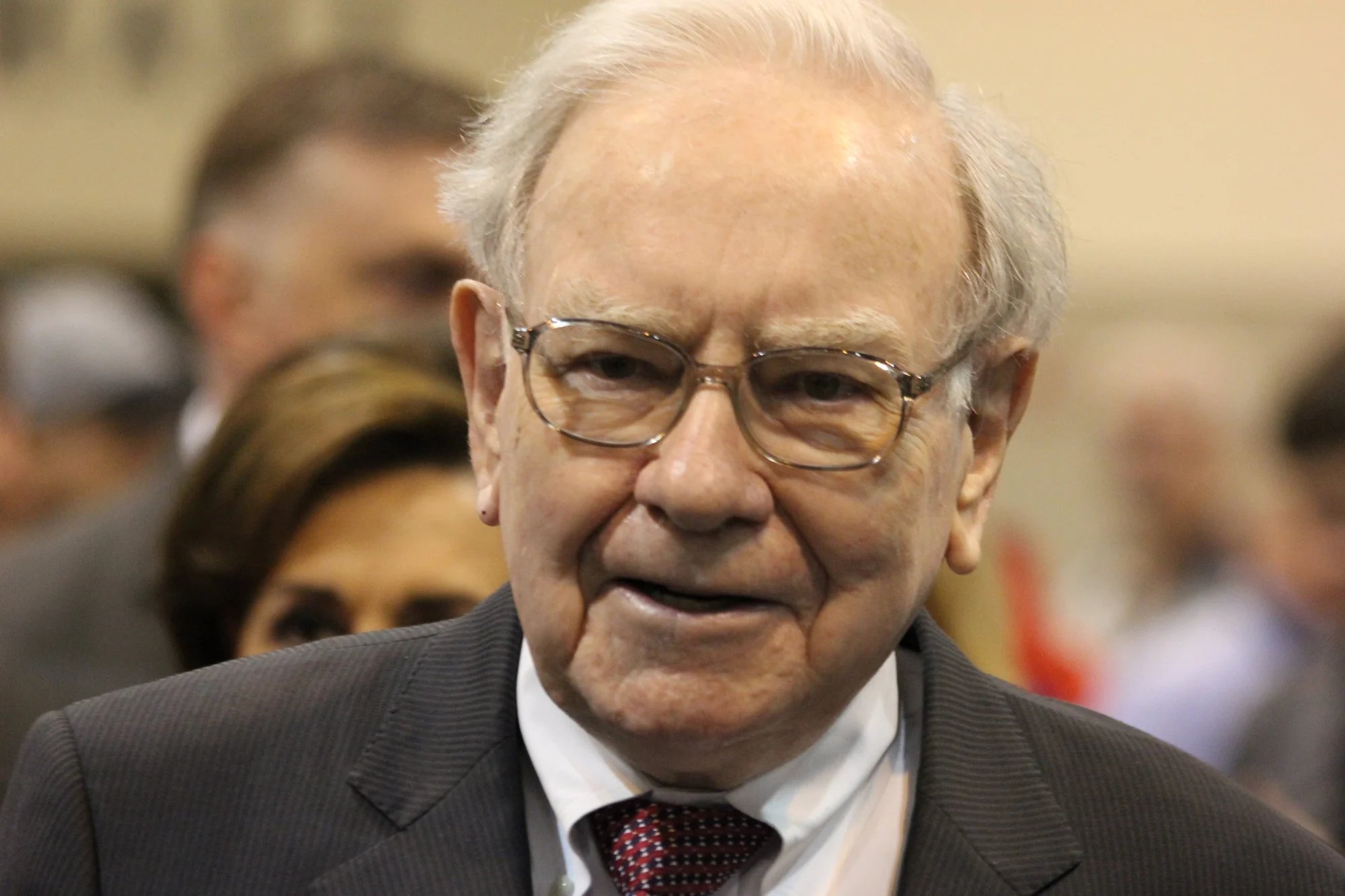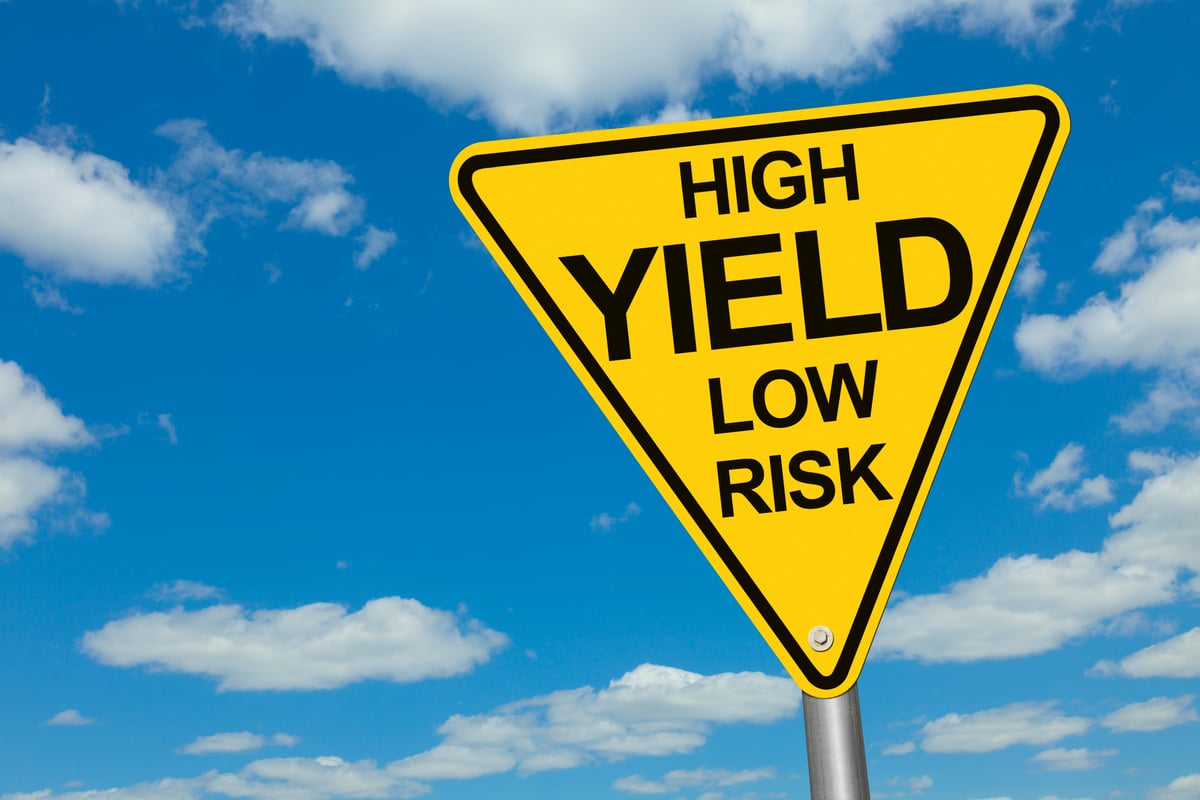Coca-Cola's (KO 0.01%) shares took it on the chin earlier this week after it reported first-quarter earnings results. The stock price fell nearly 3% over the course of Tuesday and closed the day at $45.31 a share. That's despite its $0.51 adjusted earnings per share growing 8% year over year, beating analysts' expectations. Calculated according to generally accepted accounting principles (GAAP), Coke's revenue fell by just 1% from the year-ago period to $8.6 billion, which wasn't bad, considering places like restaurants and movie theaters began shutting down in the last third of the quarter as a result of the coronavirus pandemic.
So why did the stock fall? March saw countries across the globe implement social distancing and stay-at-home orders. This resulted in the abrupt closure of venues like movie theaters, restaurants, and stadiums. Since destinations outside the home accounted for about 50% of the company's revenue, this will hurt Coca-Cola's results going forward. In the first three weeks of April, volume fell by 25%. In its earnings release, management said, "The ultimate impact on the second quarter and full-year 2020 is unknown at this time" and went on to state it believes that impact will be "material" for the second quarter, albeit temporary.
The market hates uncertainty, and the reaction shown by the stock price drop is understandable. It is challenging to analyze a company's prospects in these uncertain times, but taking a long-term view, this presents a buying opportunity.

Image source: Getty Images.
Strong brands
Coca-Cola has some of the world's most recognized brands. Coca-Cola, Diet Coke, Fanta, and Sprite are four of the world's five best-selling soft drinks. After all, Coca-Cola has been around since 1886, surviving more than 134 years through innovation and adapting to consumers' tastes. It offers more than just soda, too. Its products include bottled water, juice, tea, coffee, sports drinks, and energy drinks.
Its strong brand recognition helps keep its products stocked on store shelves and in bars, restaurants, and other venues.
A global presence helps
These products are sold in more than 200 countries, which provides geographic diversification benefits. North America accounted for about 32% of Coca-Cola's 2019 revenue, with the Europe, Middle East, and Africa region representing 17%, followed by Asia Pacific's 13% and Latin America's 11%. Coca-Cola's other two businesses, Global Ventures and Bottling Investments, represented the remaining 27%.
This is important since countries are going to open up and economically recover at different rates. Having a strong presence outside North America will benefit Coca-Cola's revenue. After all, even though the economy may remain sluggish after stay-at-home orders are lifted, it will perk up at some point, and people will resume recreational activities like going out to eat and watching ballgames.
Cash is king
In late March, the company issued $5 billion worth of debt. This action and other borrowing activity increased debt from $42.8 billion at the end of 2019 to $50.4 billion as of the first quarter. However, in these uncertain times, it is comforting to know that Coca-Cola has a lot of cash -- $15.3 billion of cash and short-term investment at the end of the first quarter.
Coca-Cola's CFO, John Murphy, said on the first-quarter earnings call: "Our capital allocation priorities remain very much focused on investing wisely to support our business operations and continuing to prioritize our dividend. Specifically, with regards to the dividends, we currently have no intentions to change our approach."
Earlier this year, the board of directors raised the quarterly dividend by a penny to $0.41 a share, continuing Coke's streak of annual hikes to 58 consecutive years.
Its payout ratio is a relatively high 77%, but you can take comfort given management's commitment and history that it will do everything possible to avoid cutting the dividend.
These times test investors' resolve. Granted, the stock is for patient investors with a long-term horizon. As an investor, you can feel encouraged by the 3.6% dividend yield while you wait for economic conditions to improve.






